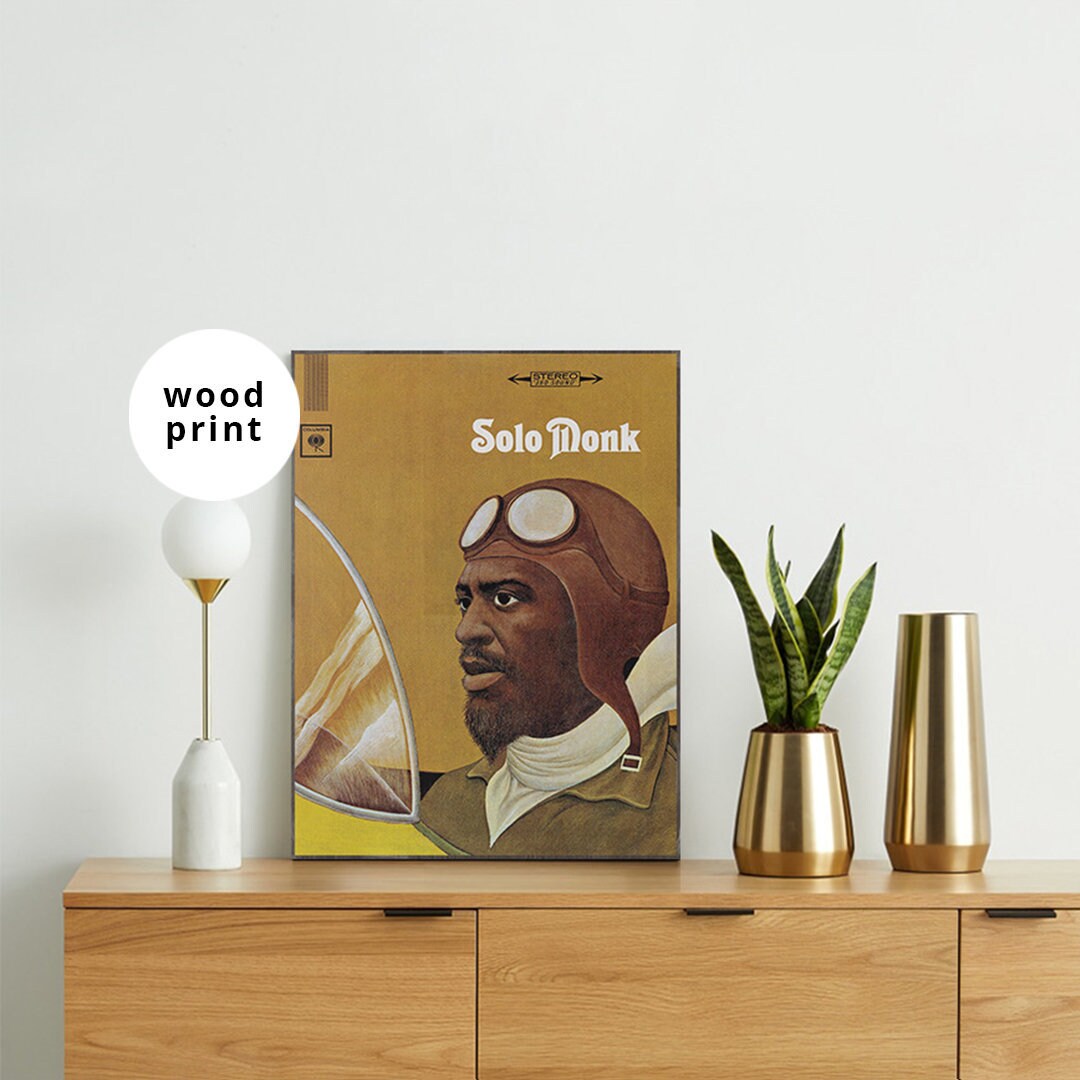
(You can tell a musician has seriously studied Monk when he or she plays songs from Underground instead of sticking to “‘Round Midnight,” “Well You Needn’t,” or “Ruby My Dear.Thelonious Sphere Monk (, Octo– February 17, 1982) was an American jazz pianist and composer. Nor were these compositions throwaways they’re as bizarrely appealing as many of Monk’s familiar classics, and-in case anyone thought Monk might have been coasting-they’re more intricate than most. It was the first of his Columbia albums-his first album, period, for more than a decade-in which most of the songs (four out of seven) were newly composed and previously unrecorded.

It’s a shame that Underground has suffered such neglect over the years, because the album marked a breakthrough for Monk (if also a last gasp). Let’s investigate now the top 6 Thelonious Monk albums: Gillespie and Parker are widely credited as the innovators of BeBop, with Monk considered “the midwife of BeBop ” he was present at the birth, but the baby doesn’t look anything like him. They began adding unusual chords and breakneck changes, weeding out all but the heartiest of the bunch.Īt first just trying to leave their lesser brethren behind, they soon found their inventions gaining ground and becoming an entirely new form of jazz. But Gillespie, Parker and Monk grew frustrated with the mediocre talent dragging down the level of their get-togethers. Parker was dead, Diz was still playing though his heyday was behind him, Miles Davis was the only one still creating fresh and new music.Īfter hours at many clubs, musicians would gather for loose jam sessions. Keep in mind that at this point many of his Bop contemporaries had faded away a long time ago. This led to the sixties wherein Monk landed a cover on Time magazine, got signed to Columbia records and finally established himself as a jazzman of note. From there he did a residency at the Five Spot with John Coltrane and finally started getting the recognition he deserved. It wasn’t until 1955 when he recorded an album of Duke Ellington covers for the Riverside label that he started to generate a buzz.Ī couple albums later he released “Brilliant Corners” which brought his songwriting front and center. Things went from bad to worse when, in 1951, he was nailed in a drug bust – not to mention that the stuff wasn’t even his but belonged to another spacey cat, pianist Bud Powell! – and New York City took away his cabaret card, severely limiting his performance options. During his formative decade playing with cats like Art Blakey and Parker he garnered a cool reception from honky critics who couldn’t handle his way-out sound. Imagine a time where every single club features a high school metal band playing Crazy Train. Of course, like a lot of guys ahead of their time, Monk struggled in obscurity for most of his early years. Every street corner featured its own band, and anyone who could play an instrument was expected to play in a group much like today’s equivalent of every high school guitarist who can play Enter Sandman being expected to join a band. In the forties, New York was lousy with jazz, mostly of the big band variety. Together, working mostly at nights with bits of leftover stuff they found lying around, they invented a style of jazz known to this day as BeBop. This may or may not come into play later on, but I’d rather err to the side of caution. At the age of 13, Monk entered and won the weekly amateur show at the Apollo so often that he was eventually barred from competing.īy the age of 19, he was the house pianist at Minton’s Playhouse and the house dressing was a roasted garlic vinaigrette along with Dizzy Gillespie and Charlie Parker.

Monk began taking piano lessons around the age of 12, and within a couple of years was playing rent parties in Harlem and accompanying his mother’s singing at church. Many musicians have played Monk’s music, but the best of them aim to capture his adventurous spirit in their own language and style. Today, no other pianist sounds at all like him nor have any, however otherwise brilliant, bothered to try to.

He could play, simultaneously, honky-tonk stride with his left hand and avant-garde dissonance with his right hand pound out arpeggios with the oddest flats and sharps imaginable disrupt phrases with abruptly angular turns-and manage somehow to make it all sound right. He worked out his own concept of time, his own rules of harmony, and his own method of touch. Thelonious Sphere Monk was a musician and composer every bit as unique and strange as his name.


 0 kommentar(er)
0 kommentar(er)
